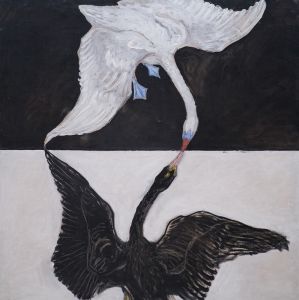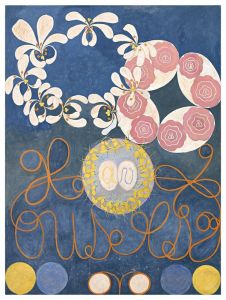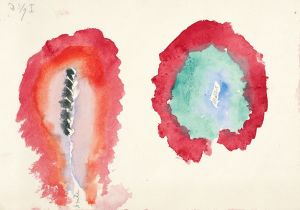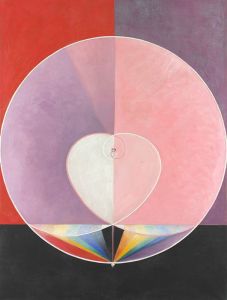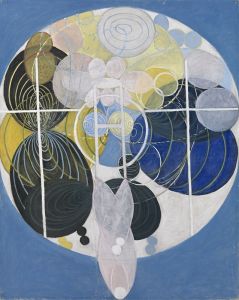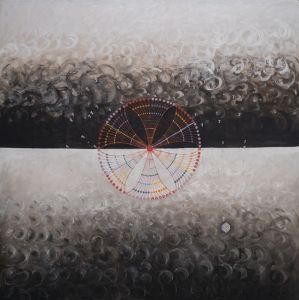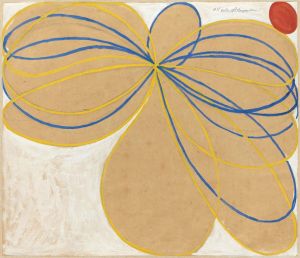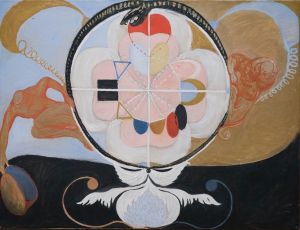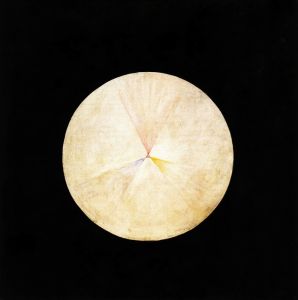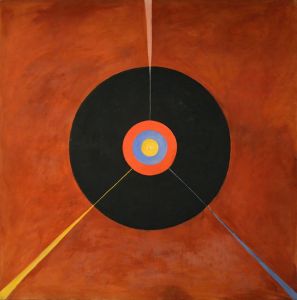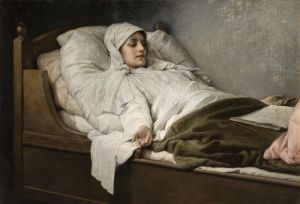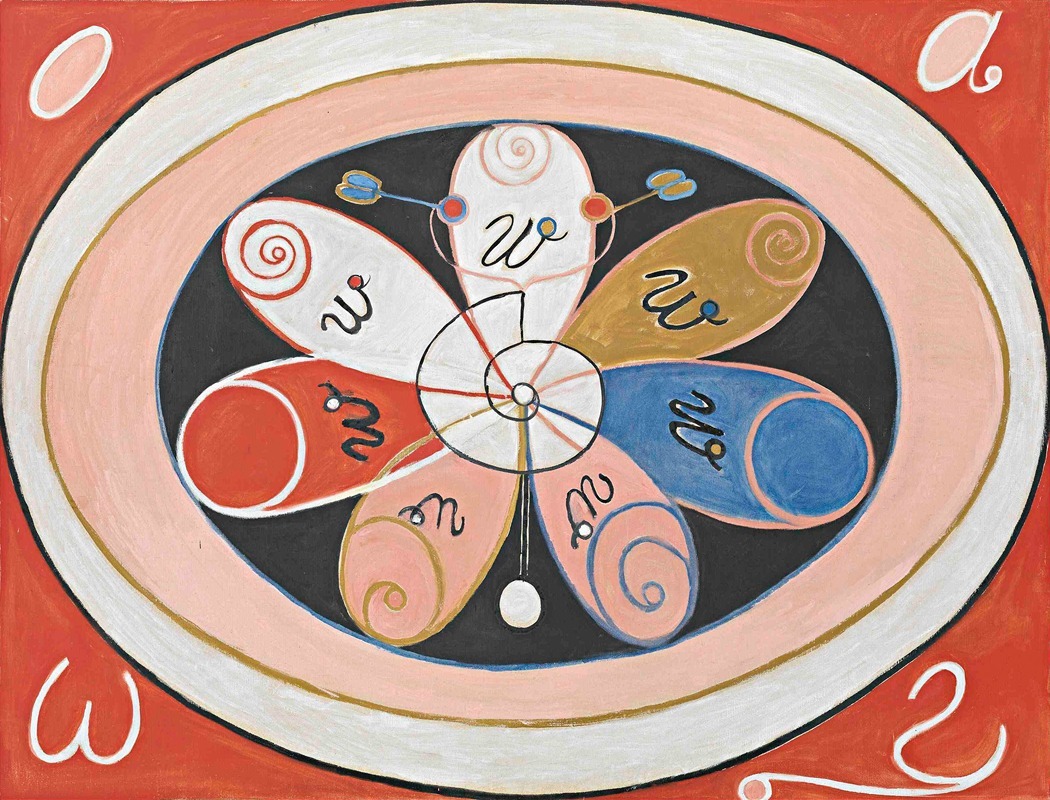
Evolution, No. 15, Group IV, The Seven-pointed Stars
A hand-painted replica of Hilma af Klint’s masterpiece Evolution, No. 15, Group IV, The Seven-pointed Stars, meticulously crafted by professional artists to capture the true essence of the original. Each piece is created with museum-quality canvas and rare mineral pigments, carefully painted by experienced artists with delicate brushstrokes and rich, layered colors to perfectly recreate the texture of the original artwork. Unlike machine-printed reproductions, this hand-painted version brings the painting to life, infused with the artist’s emotions and skill in every stroke. Whether for personal collection or home decoration, it instantly elevates the artistic atmosphere of any space.
Hilma af Klint was a pioneering Swedish artist and mystic whose work is now recognized as among the first in the abstract art movement. Born in 1862, she was ahead of her time, creating abstract works before the likes of Wassily Kandinsky, Piet Mondrian, and Kazimir Malevich. Her paintings, which often incorporate spiritual themes and symbolism, were largely unknown to the public until decades after her death in 1944.
"Evolution, No. 15, Group IV, The Seven-pointed Stars" is one of the many works by Hilma af Klint that exemplifies her unique approach to art and spirituality. This painting is part of a larger series known as "The Paintings for the Temple," which af Klint created between 1906 and 1915. This series consists of 193 paintings that were intended to be displayed in a spiral temple, a concept that af Klint envisioned but never realized in her lifetime.
The painting "Evolution, No. 15" is characterized by its use of geometric shapes, vibrant colors, and symbolic imagery. The seven-pointed stars featured in the painting are significant, as af Klint often used numbers and geometric forms to convey spiritual and philosophical ideas. The number seven, in particular, is frequently associated with spiritual enlightenment and the search for deeper truths, themes that are prevalent throughout af Klint's body of work.
Af Klint was deeply influenced by her interest in spiritualism, Theosophy, and Rosicrucianism, which were popular movements in the late 19th and early 20th centuries. These beliefs informed her artistic practice and led her to explore concepts of the unseen and the metaphysical. Her work was not merely an aesthetic endeavor but a means of communicating complex spiritual ideas and exploring the nature of existence.
Despite her groundbreaking contributions to abstract art, Hilma af Klint's work was largely overlooked during her lifetime. She exhibited her work only a few times and stipulated in her will that her abstract paintings should not be shown until at least 20 years after her death, believing that the world was not yet ready to understand them. It wasn't until the late 20th century that her work began to receive the recognition it deserved, culminating in major exhibitions and a reevaluation of her place in art history.
Today, Hilma af Klint is celebrated as a visionary artist whose work challenges traditional narratives of the development of abstract art. Her paintings, including "Evolution, No. 15, Group IV, The Seven-pointed Stars," continue to captivate audiences with their bold use of color, form, and symbolism, offering a glimpse into the artist's quest to understand and depict the spiritual dimensions of life.





